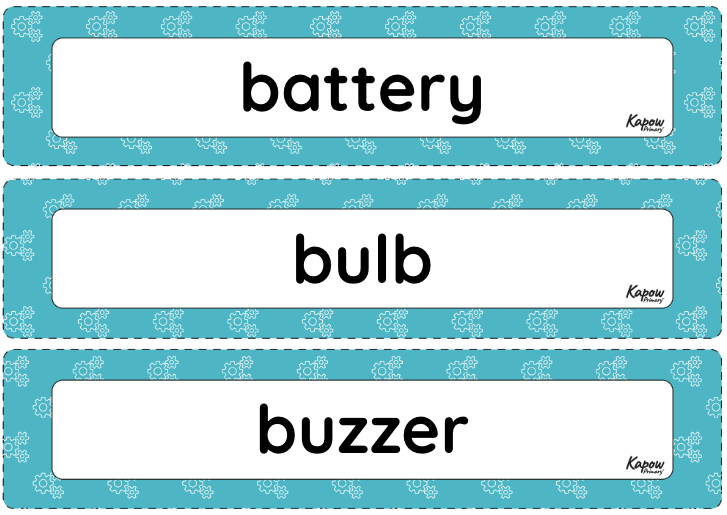Electrical systems: Torches
Evaluating a range of existing torches and designing a functional torch for a target audience.
- Subjects >
- Design and technology >
- Lower key stage 2 >
- Year 4 >
-
Electrical systems: Torches
Unit outcomes
Pupils who are secure will be able to:
- Identify electrical products and explain why they are useful.
- Help to make a working switch.
- Identify the features of a torch and how it works.
- Describe what makes a torch successful.
- Create suitable designs that fit the success criteria and their own design criteria.
- Create a functioning torch with a switch according to their design criteria.
Suggested prior learning
Electrical systems: Electric poster
Get startedLesson plans
Lesson 1: Electrical products
- To learn about electrical items and how they work.
Lesson 2: Evaluating torches
- To analyse and evaluate electrical products.
Lesson 3: Torch design
- To design a product to fit a set of specific user needs.
Lesson 4: Torch assembly
- To make and evaluate a torch.
Key skills
Key knowledge
Related content
Resources
Unit resources

Design and technology
Knowledge organiser: DT – Y4 Torches
A visual summary of the key knowledge and vocabulary definitions from the Year 4 Electrical systems: Torches unit to consolidate…

Design and technology
Vocabulary display: Electrical systems: Torches
A display version of the key vocabulary from the Electrical systems: Torches unit.
Cross-curricular opportunities
Science
‘Pupils should be taught to:
- identify common appliances that run on electricity
- construct a simple series electrical circuit, identifying and naming its basic parts, including cells, wires, bulbs, switches and buzzers
- identify whether or not a lamp will light in a simple series circuit, based on whether or not the lamp is part of a complete loop with a battery
- recognise that a switch opens and closes a circuit and associate this with whether or not a lamp lights in a simple series circuit
- recognise some common conductors and insulators, and associate metals with being good conductors.’
Pupils apply their knowledge of circuits and key components to design and construct a KS2 torch.
Build on the learning
Electrical systems: Doodlers
Pupils build on their prior knowledge of circuits and components to construct a motorised Doodler, applying their understanding of KS2 electrical systems to improve its performance

